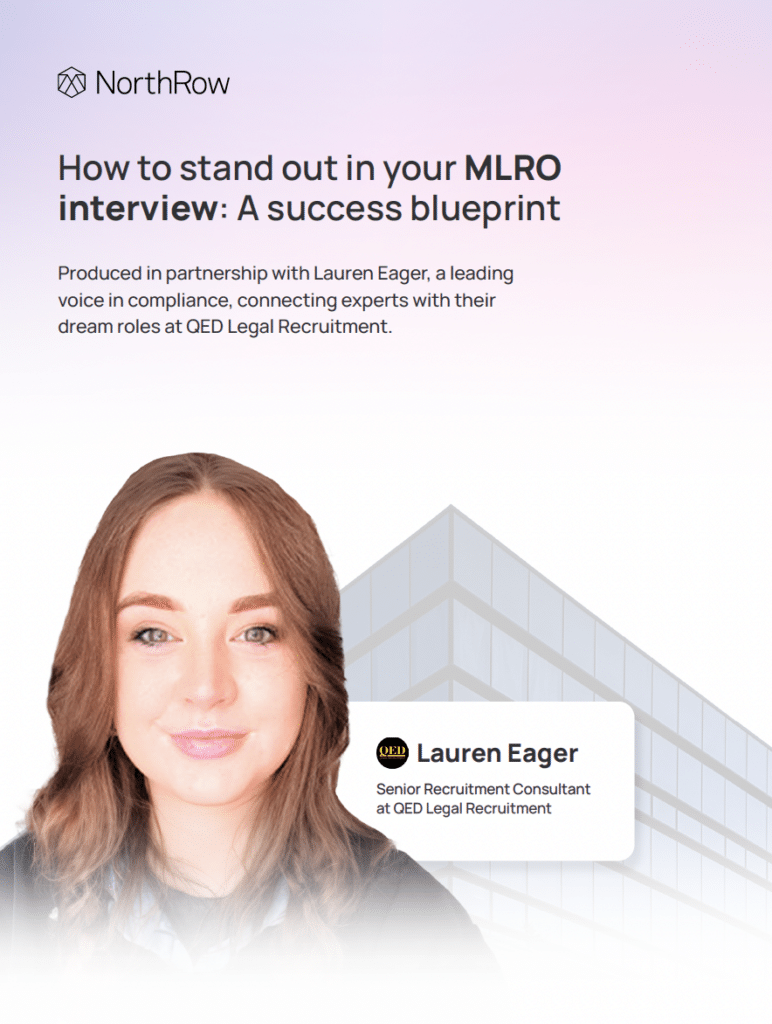Fintechs and other advancements in technology have revolutionised the speed at which payments are made, broadened the reach of cross-border payments, and boosted accessibility to financial services and products to underserved communities and individuals across the world.
But, with the global digital payments market now valued at more than $8 trillion, it is a sector at significant risk of financial crime as bad actors seek new ways to exploit AML and compliance frameworks to funnel dirty money through illicit payments.
As the ongoing battle to combat soaring levels of financial crime in the lending industry and wider financial ecosystem continues to wage, it is important for firms to ensure appropriate levels of due diligence are applied during the client onboarding process, especially when lending to corporate entities or businesses.
While a robust approach to fighting financial crime and money laundering should prioritise high-risk areas such as transactions involving PEPs or high-risk jurisdictions, lower-risk applications should not be overlooked.
This process of applying proportional due diligence processes for high, low or medium-risk clients is often referred to as a risk-based approach and involves considering the nature, size, complexity, and diversity of the lender’s operations.
What is a risk-based approach?
Put simply, a risk-based approach is applying a level of due diligence and risk assessment that is proportional to the level of risk a particular individual or corporate borrower poses. In this case, this risk is associated with money laundering, terrorist financing, and other forms of fraud or financial crime.
In guidance issued by the Financial Action Task Force (FATF), a risk-based approach:
“…ensures that measures to prevent or mitigate money laundering and terrorist financing are commensurate to the risks identified.”
Why is taking a risk-based approach important?
Comprehensive due diligence and AML compliance processes are non-negotiable for firms to mitigate the risk of financial crime. Not only can instances of non-compliance lead to inadvertent facilitation of financial crime, but firms also risk significant fines, reputational damage, and bad PR.
Taking a risk-based approach helps to ensure that appropriate levels of due diligence are applied in instances where it is needed most. Certain onboarding situations will require different levels of due diligence depending on the case at hand.
The challenge, however, comes in creating a process with sufficient friction for higher-risk or potential bad actors to prove their legitimacy (and act as a deterrent in the case of criminality) but smooth enough for legitimate clients that represent low or no risk.
A risk-based approach also allows resources to be allocated more efficiently, where the riskiest clients receive the most scrutiny. Applying equal levels of due diligence across every single client can lead to a ‘tick box’ exercise and frustrate your customers – not to mention the burden that would be placed on risk and compliance analysts to vet and verify every single customer to the same standard, when in fact, they may pose very little risk compared to others.
Where does your firm’s risk appetite come into it?
Each firm will have their own unique risk appetite. What is considered a high (or higher) risk for your firm during KYB onboarding may not be the same in another firm in your marketplace.
The amount of risk you are willing to shoulder in pursuit of customer acquisition and onboarding could be impacted by any number of factors: the products and services you offer, the value of transactions, jurisdiction, ultimate beneficiary, and PEP status, among others.
It is important to ensure a balance between protecting your firm from the risk of money laundering and financial crime, and facilitating legitimate business.
Whatever it is that your firm deems high-risk, applying the proportionate level of due or enhanced due diligence to each onboarding case is crucial.
“A risk analysis must be performed to determine where the money laundering and terrorist financing risks are the greatest. Institutions will need to identify higher risk customers, products and services, including delivery channels, and geographical locations. These are not static assessments. They will change over time, depending on how circumstances develop, and how threats evolve.”
FATF Guidance On The Risk-Based Approach To Combating Money Laundering And Terrorist Financing
How to ensure your risk-based approach is in line with your risk appetite
The amount of risk your firm is willing to accept will, in turn, inform the approach you take to evaluating and assessing that risk. Identify the specific threats posed by a client and assess the impact this may have on your firm. A higher-risk case may experience increased scrutiny at the point of onboarding to ensure they are who they say they are, and that any risk they do pose can be mitigated.
Your risk appetite forms the foundation of your risk-based approach and should be the guiding light for all client onboarding, helping your firm to carry out tailored risk assessments of the borrower in question within the boundaries of your tolerances.
The challenge of a manual risk-based approach to KYB
But, undertaking tailored risk assessments for every corporate client can be time-consuming, especially when done manually. From identifying UBOs and unravelling complex corporate structures, to evaluating financials and screening directors; manual KYB checks are incredibly resource-heavy and prone to human error.
Thankfully, there is a solution.
Using automated KYB solutions, like WorkStation from NorthRow, you can effortlessly manage different risk scenarios without the need for laborious human intervention.
In scenarios where different levels of due diligence is required, WorkStation can help you to automate and reduce the amount of manual intervention required to onboard customers, whether low, medium, or high-risk.
With technology, you can define your unique risk appetite parameters based on your firm’s tolerance using different rules and scores to create various risk profiles which apply in varying scenarios. Technology can then analyse various factors, search global databases and registries, and generate accurate risk scores for each borrowing entity.
As your risk appetite evolves with new products and services, business growth, or international expansion, for example, you can manage your risk profiles in line with this, providing confidence in a strategic and consistent approach to due diligence and customer onboarding.







